

SEO: Promotion of Websites in Search Networks
Comprehensive SEO promotion of your website with free-of-charge technical support. Marketing approach in the optimization of websites for visitors and Yandex / Google search engines.

Seo-agency «Exactly»

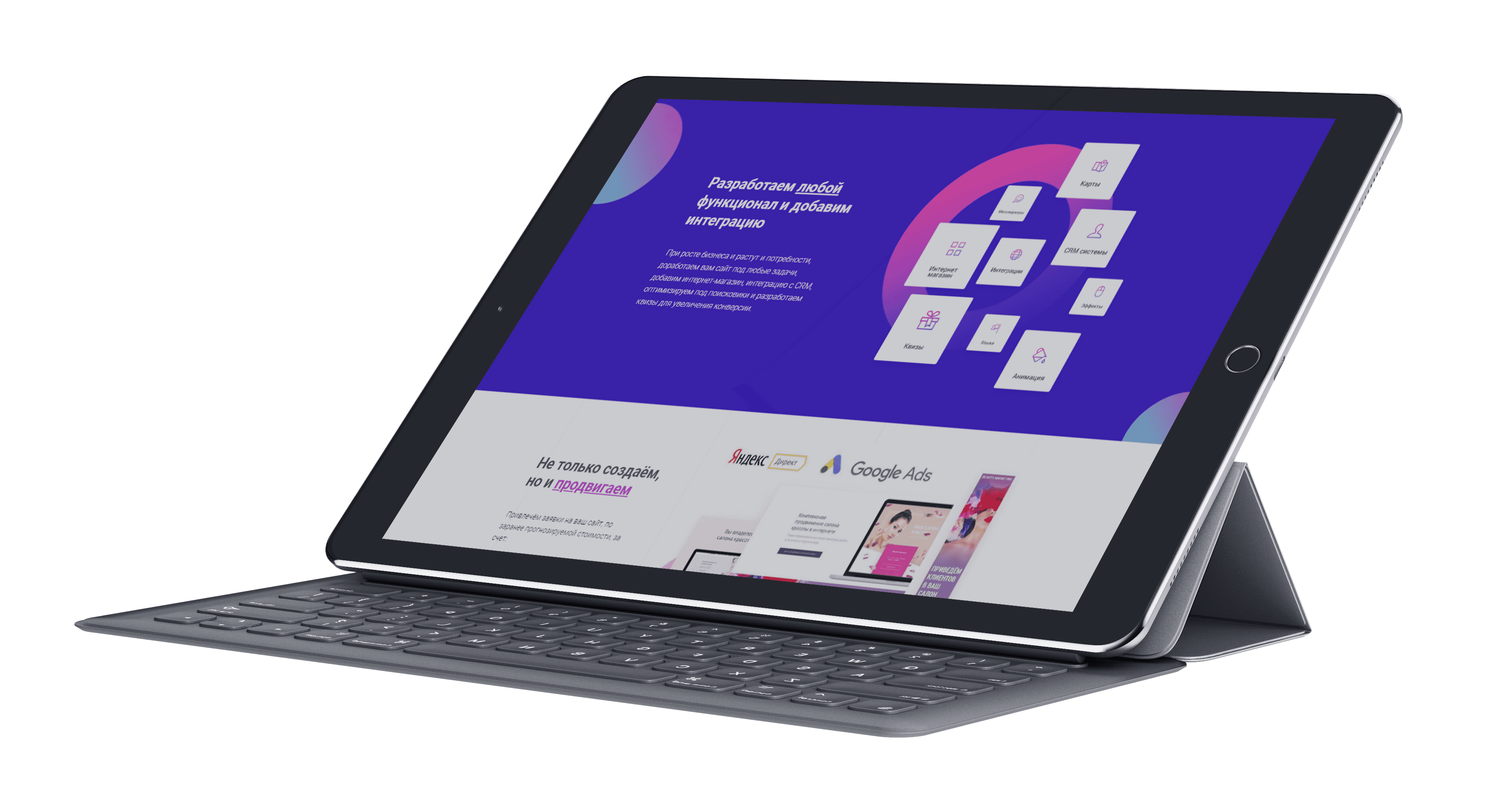
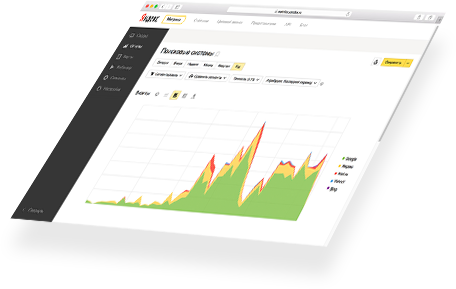


Let us make one of the best projects in your field
Leave a request and we will contact you within 5 minutes!
By pressing the button, you give consent to the processing of personal data and agree with the privacy policy
Take a look at cases of SEO promotion and see for yourself that it is profitable to work with us
01
SEO promotion of a hair removal salon network
TOP-3
in the integral ranking among the competitors in this niche
>100
requests from search engines
Hair removal salon "CITY DEPIL" was used for SEO promotion and attracting new customers from the site.
STAGES OF WORK:
1. Collection of semantic kernel
2. Analysis of competitors
3. Preparation of landing pages
4. Website redesign
5. Internal website optimization
6. Link profile
7. Work with maps
2. Analysis of competitors
3. Preparation of landing pages
4. Website redesign
5. Internal website optimization
6. Link profile
7. Work with maps









SEO promotion of a company selling plastic windows
20%
growth in the website conversion number
>3-х минут
the average length of guest visit
The company "Okna Stroy" turned to us for SEO promotion and attracting new customers from the site
SOLUTION:
- We carried out a detailed analysis of the website’s content and drew an optimization plan
- We collected the semantic kernel and selected a promotion strategy
- We organized the collection of tracking statistics of user target actions through Google Analytics and Yandex.Metrica web analytics counters
- We filled the website with materials by specifying metatags and headers
for new pages
- We collected the semantic kernel and selected a promotion strategy
- We organized the collection of tracking statistics of user target actions through Google Analytics and Yandex.Metrica web analytics counters
- We filled the website with materials by specifying metatags and headers
for new pages



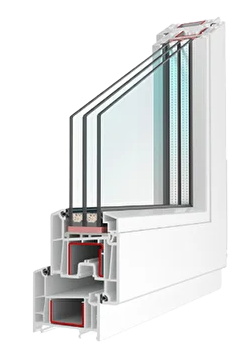
на 45%
increase in search traffic
SEO promotion of an information portal for logistics
500+
active website visitors per day
на 50%
decrease in the cost of expenditures for client drawing
“TruckingRu” information portal came to us for SEO promotion and drawing new clients from its website
TOOLS:
- We carried out the analysis of the competitor link mass to determine the necessary volumes of links
- We planned a strategy of link purchase with regards to the volumes of anchor links with keywords in the text and non-anchor links
- We selected thematic websites to get links
- We took measures to provide the naturalness of the purchased link mass
- We planned a strategy of link purchase with regards to the volumes of anchor links with keywords in the text and non-anchor links
- We selected thematic websites to get links
- We took measures to provide the naturalness of the purchased link mass



25%
growth in the website conversion number
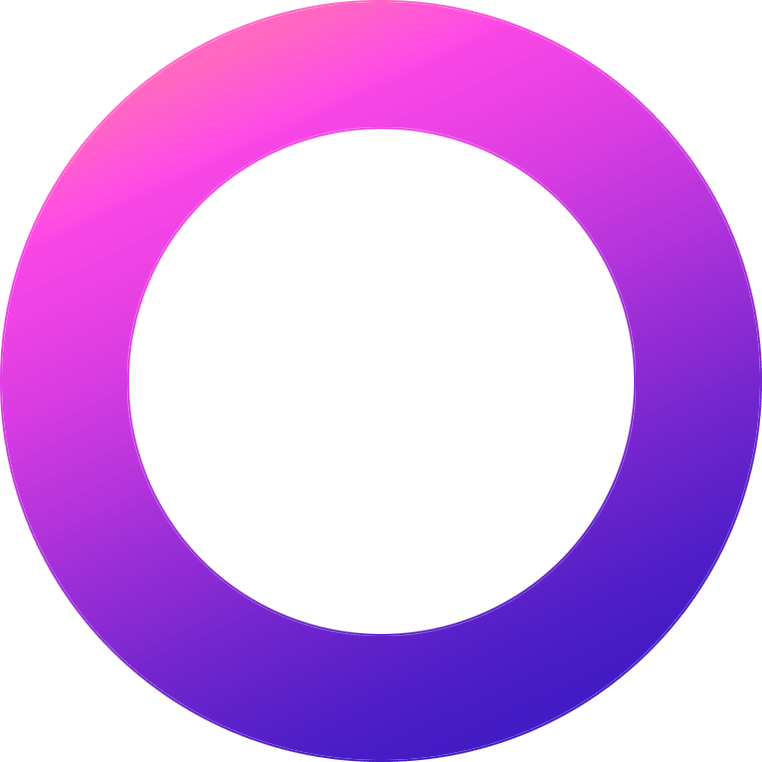




Start promotion?
Leave your contacts at the marketing agency and get a SEO strategy for the promotion of your website
By pressing the button, you give consent to the processing of personal data and agree with the privacy policy
What you will get
The goal of SEO is drawing people to your website. To do this, we bring the website to the TOP of Yandex and Google search engines for most of key requests.

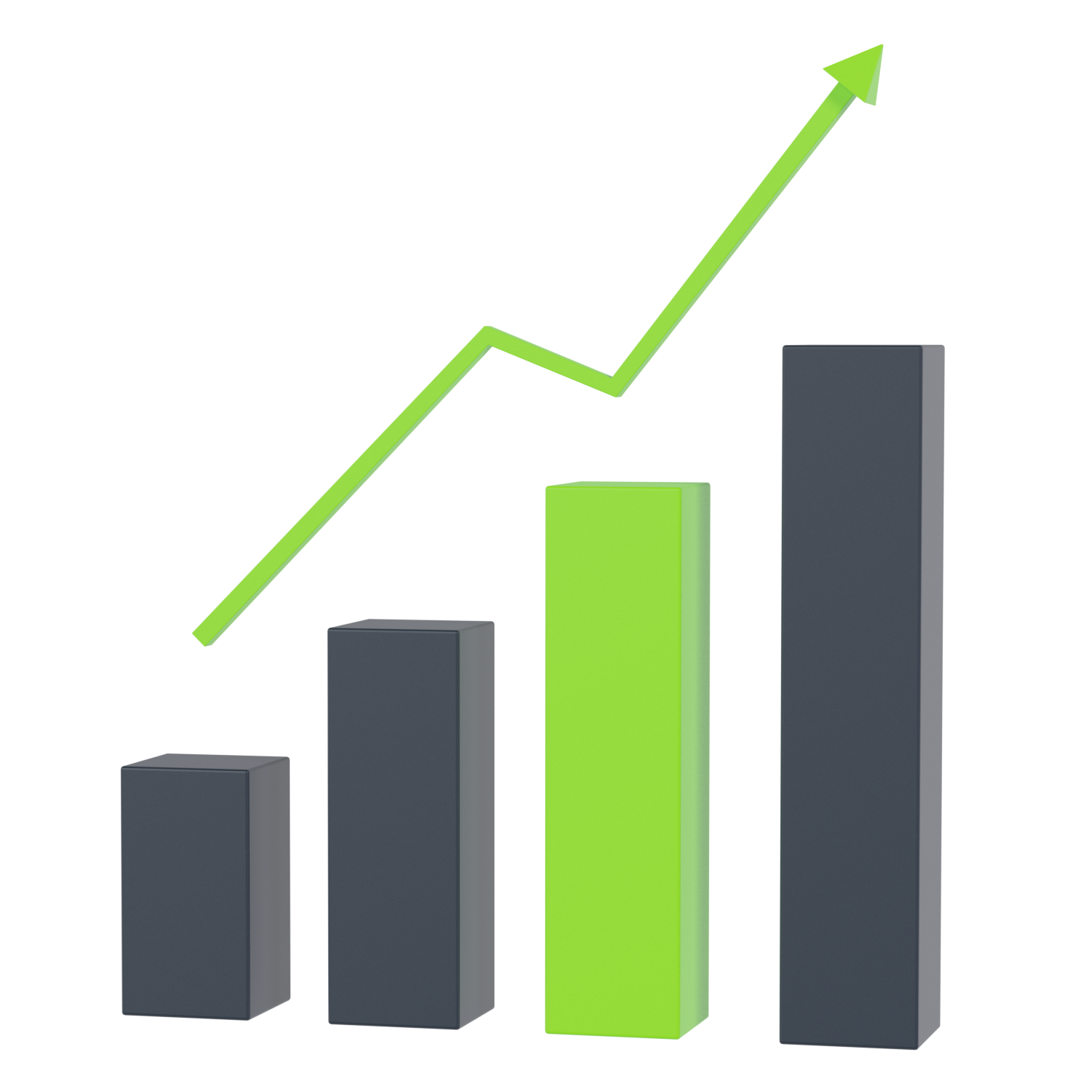
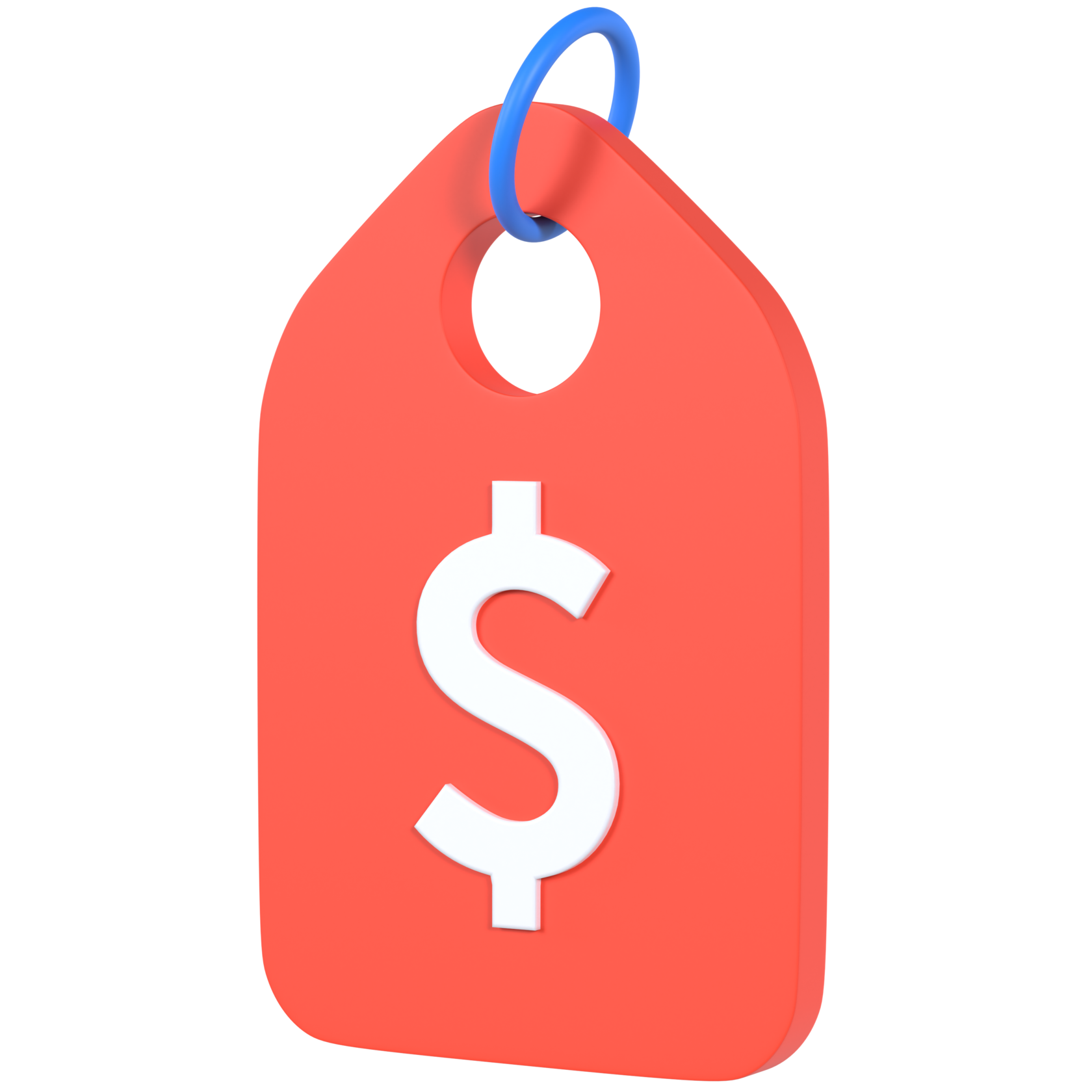
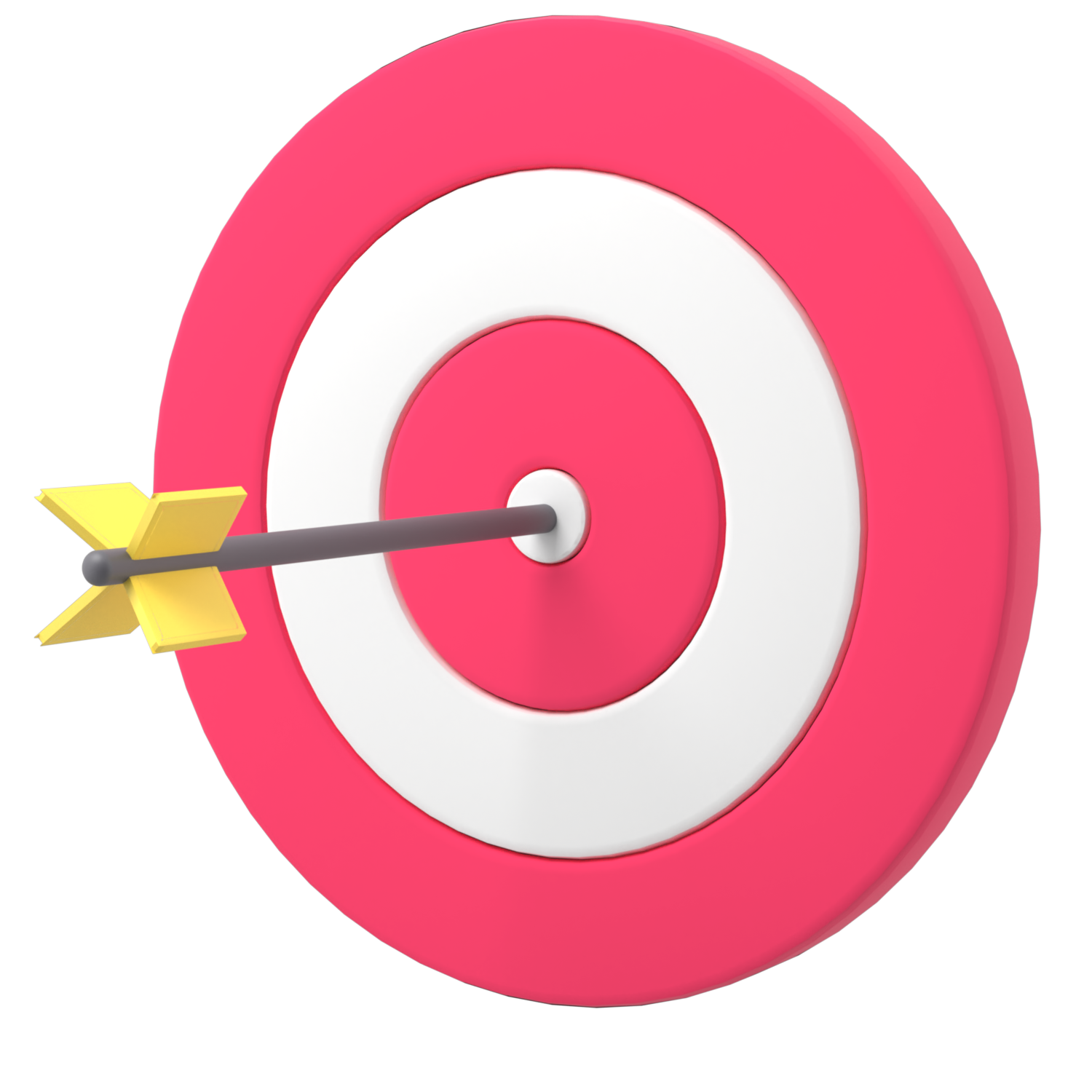
Our work results in fulfilling the plan for the amount of drawn traffic, requests, and leads.
Specific Indicators
With precise optimization, lead cost eventually decreases because the website’s positions goes up.
Low lead cost
We bring potential buyers to the website while excluding untargeted traffic and filtering brand requests.
Target traffic only
Due to relevant requests, high-quality content, and good behavior factors.
Your website is in the TOP of the search list
What We Do and How We Work
02
01
Semantics
Usually, the first stage is the collection of a semantic kernel. It is formed based on search requests of a website’s target audience, which is why it eventually gives a complete idea of the potential clients’ needs. In some cases, this stage can be skipped over. For example, when the website owner had already ordered the semantic kernel and can provide it for further work. Or when the website does not require a large amount of traffic from the search.
Website Structure
Website structure is correct and logical distribution of important landing pages necessary both for users and search engines. Based on the analysis of search demand, competitors, and your range of services, we will provide detailed recommendations for extending the existent structure of the website’s landing pages to which search traffic should flow.
03
Landing Page Optimization
As part of this task, we will compile high-quality metadata (Title, Description and Н1 headers) for the website’s conversion pages. Special attention will be paid to metadata building logic to improve the clickability of snippets (CTR).
Textual content on website pages is one of the main tools in the process of promotion. Its presence is important both for users and search engines. It is necessary that a text contains only useful information while answering all questions which could arise with the target audience. In substance, the text is a manager that discloses expertise on the page, works with objections, and makes an emphasis on your unique selling proposition.
Textual content on website pages is one of the main tools in the process of promotion. Its presence is important both for users and search engines. It is necessary that a text contains only useful information while answering all questions which could arise with the target audience. In substance, the text is a manager that discloses expertise on the page, works with objections, and makes an emphasis on your unique selling proposition.
04
Website Design / Redesign
With the prepared structure and texts, we develop the website design. In the statement of work, we take into consideration not only the basic design requirements but also various minor details on the absence of which we had singed our feathers earlier. For example: rendering various pop-up windows, the design of forms after their sending, graphic items for browsers and Open Graph protocol, etc.
Process
Our task will be to analyze the existing texts on the site and optimize them for user search queries that may have been missed. If necessary, we will draw up a TOR for writing new texts, according to the collected semantics and competitor analysis.
What will it result in?
This will help users understand what the site and the business as a whole is all about. What are the benefits and unique offers. Also, the text will contain keys (queries) according to the collected semantics, helping the search engine to determine the relevance of the site and correctly rank it in the search results.
SEO specialist
Process
1. Analysis of the structure of direct competitors and in related niches for:
- page groupings
- page separation
- create missing pages
- removing pages from the structure
2. Preparing the Mind Map Structure
3. Preparing a detailed explanation of the structure from Xmind
in Google Docs.
4. Recommendations for creating page URLs.
- page groupings
- page separation
- create missing pages
- removing pages from the structure
2. Preparing the Mind Map Structure
3. Preparing a detailed explanation of the structure from Xmind
in Google Docs.
4. Recommendations for creating page URLs.
What will it result in?
The structure will necessarily include all the necessary landing pages that are important both from the point of view of users and from the point of view of search engines. This will allow you to receive more targeted traffic and, as a result, an increase in useful actions and conversions through the site.
SEO specialist
Marketing specialist
Process
1. Selection of marker requests;
2. Collection of keywords from Wordsta and Yandex hints;
3. Collection of keywords from Ads Google and Google hints;
4. Collection of Youtube search hints;
5. Collection of keyword frequency;
6. Cleaning and clustering of requests.
2. Collection of keywords from Wordsta and Yandex hints;
3. Collection of keywords from Ads Google and Google hints;
4. Collection of Youtube search hints;
5. Collection of keyword frequency;
6. Cleaning and clustering of requests.
What will it result in?
It is not always obvious how exactly people can search for your service or product. Or what characteristics are of their interest. For example, during the promotion of a driving school website promotion using a semantic kernel, requests from two segments of the target audience were identified with virtually no competition in the search: “driving courses for girls” and “driving courses for pensioners”. Then, landing pages had been made for them, and traffic started flowing almost immediately traffic.
SEO specialist
copywriter
Process
- page prototype
- drawing page design
- layout
- integration with CMS
- drawing page design
- layout
- integration with CMS
What will it result in?
This is a process of updating its appearance which is often accompanied by updating the content, the project’s architecture, and including new elements aimed at increasing its efficiency.
After the redesign, the following serves as the main indicators for measuring efficiency:
- viewing depth
- average time on the website
- number of failures
- increase in number of requests
After the redesign, the following serves as the main indicators for measuring efficiency:
- viewing depth
- average time on the website
- number of failures
- increase in number of requests
SEO specialist
Designer
Programmer












06
05
Technical Website Optimization
By technical optimization, we mean important basic recommendations that are invisible to a user but can however affect the search promotion of a website very significantly. This also includes, for instance, setting up a safe connection via the HTTPS protocol. It is important to prepare the website technically as much as possible before the promotion. It should both be convenient for visitors and meet the requirements of search engines.
External Factors and Content Marketing
Our task will be to examine an existent link profile of a website, review the link profiles of competitors in detail and continue the work on further buildup of link mass. We will use the strategy of getting links “to afterdriving to the TOP”. In this step of website promotion, we conduct a selection of thematic and reputable sources. The more sources refers to the website, the more confidence it inspires in search engines. Furthermore, high-quality links provide additional traffic.
07
Commercial Factors
Commercial factors are website elements, combination of characteristics that affect the ease of use, shopping, and service ordering. Commercial factors are taken into account by search engines and influence website positions in search results.
Process
Website analysis and working out website elements affecting purchase and convenience:
- order forms, “Buy” and “Basket” buttons, dial-back order function;
- correctness of information on availability of product, its characteristics;
- completeness of data represented in “About company” section;
- correctness and completeness of contact information.
- order forms, “Buy” and “Basket” buttons, dial-back order function;
- correctness of information on availability of product, its characteristics;
- completeness of data represented in “About company” section;
- correctness and completeness of contact information.
What will it result in?
An increase in website conversion into order/purchase. Growth of positions for relevant keywords in Yandex and Google.
SEO specialist
Process
- Searching for relevant sites
- Writing articles with links to the source and their allocation on external websites;
- Free-of-charge allocation of links on thematic forums, in reference books, catalogues, Q&A services (questions-answers).
- Writing articles with links to the source and their allocation on external websites;
- Free-of-charge allocation of links on thematic forums, in reference books, catalogues, Q&A services (questions-answers).
What will it result in?
Growth of positions for keywords and, as a consequence, an increase in traffic from search engines. New users from websites where the link/useful material had been placed.
SEO specialist
Programmer
Process
- Optimization of URL addresses of the website’s pages.
- Search for and removal of the website’s “mirrors”.
- Correction of robots.txt.
- Determination and removal of the pages’ doubles.
- Setting up redirect pages and status codes
- Checking for broken links
- Website loading rate
- Optimization for mobile devices
- Search for and removal of the website’s “mirrors”.
- Correction of robots.txt.
- Determination and removal of the pages’ doubles.
- Setting up redirect pages and status codes
- Checking for broken links
- Website loading rate
- Optimization for mobile devices
What will it result in?
Technical optimization is the basis without which you can hardly expect any efficiency from SEO. That is why for website promotion, it is important to address all technical issues first and only then to deal with other SEO works.
SEO specialist
Marketing specialist
Programmer









Find out the SEO promotion cost for your website
Leave your contacts and get individual promotion strategy with a forecast of client cost in your field
By pressing the button, you give consent to the processing of personal data and agree with the privacy policy
9 business spheres in which we specialize
But this does not mean that we do not take on nonstandard projects! We have promoted our hometown as the organizer of the World Football Championship, frame houses, and even cat litters.

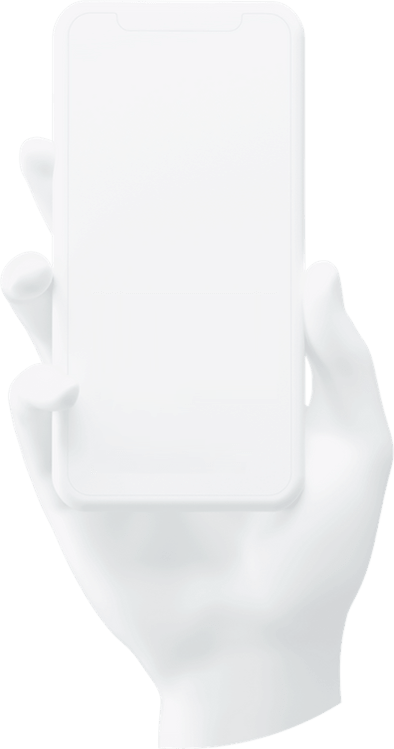




The cost of services for SEO promotion depends on several factors
Web resource type
Promotion region
SEO promotion method and promotion tool
Level of website competitiveness in its niche
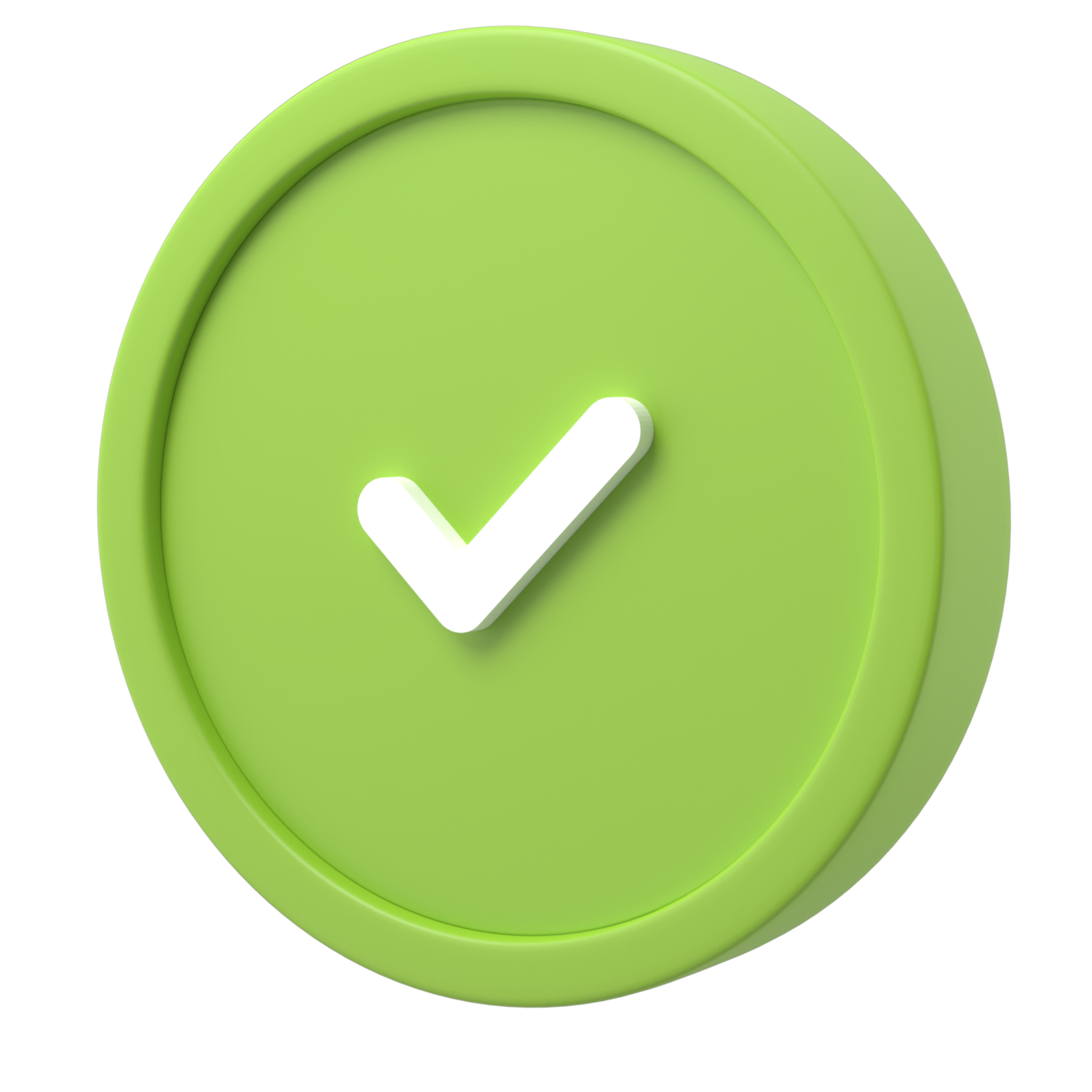



Leading in SEO issuance as an "smm-agency"


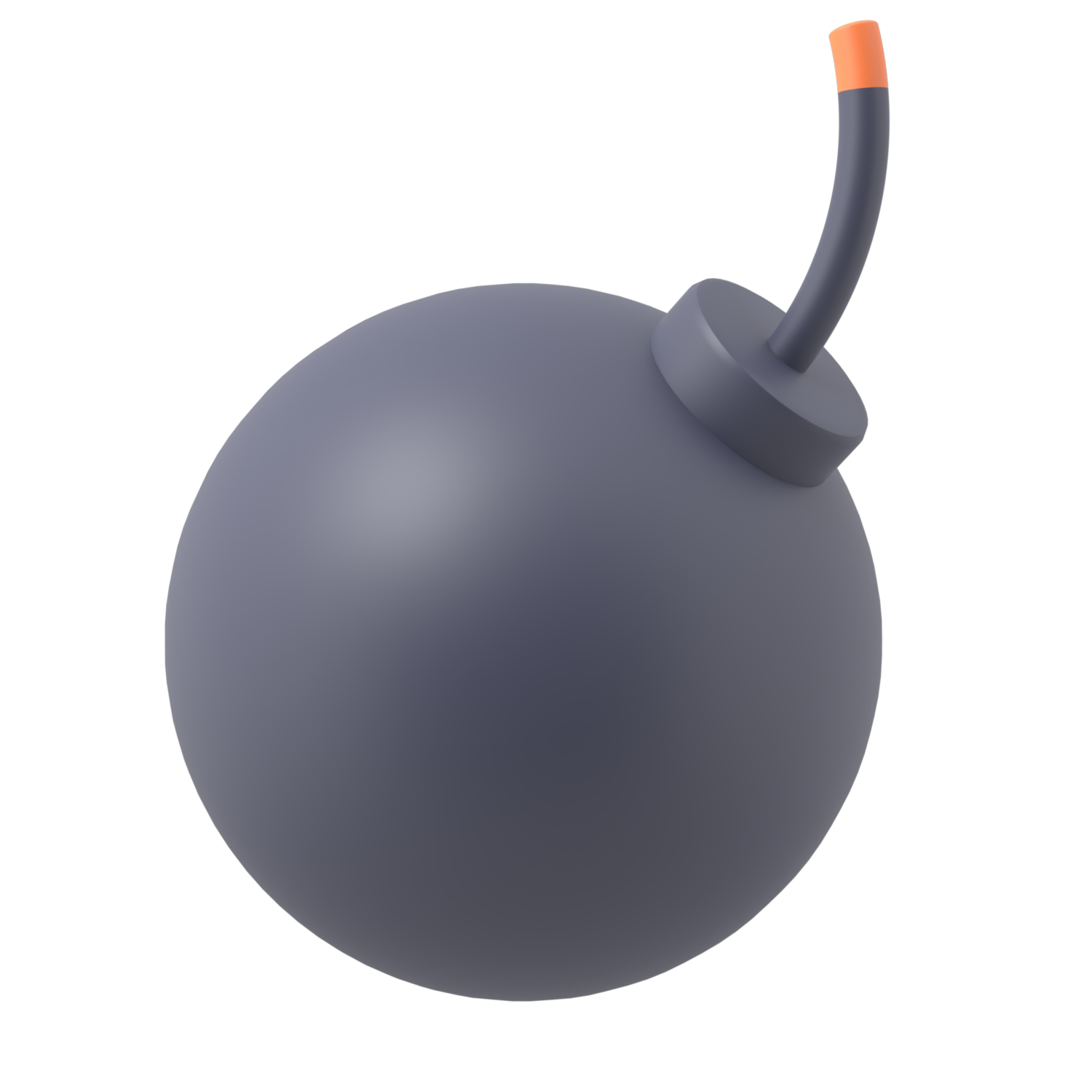

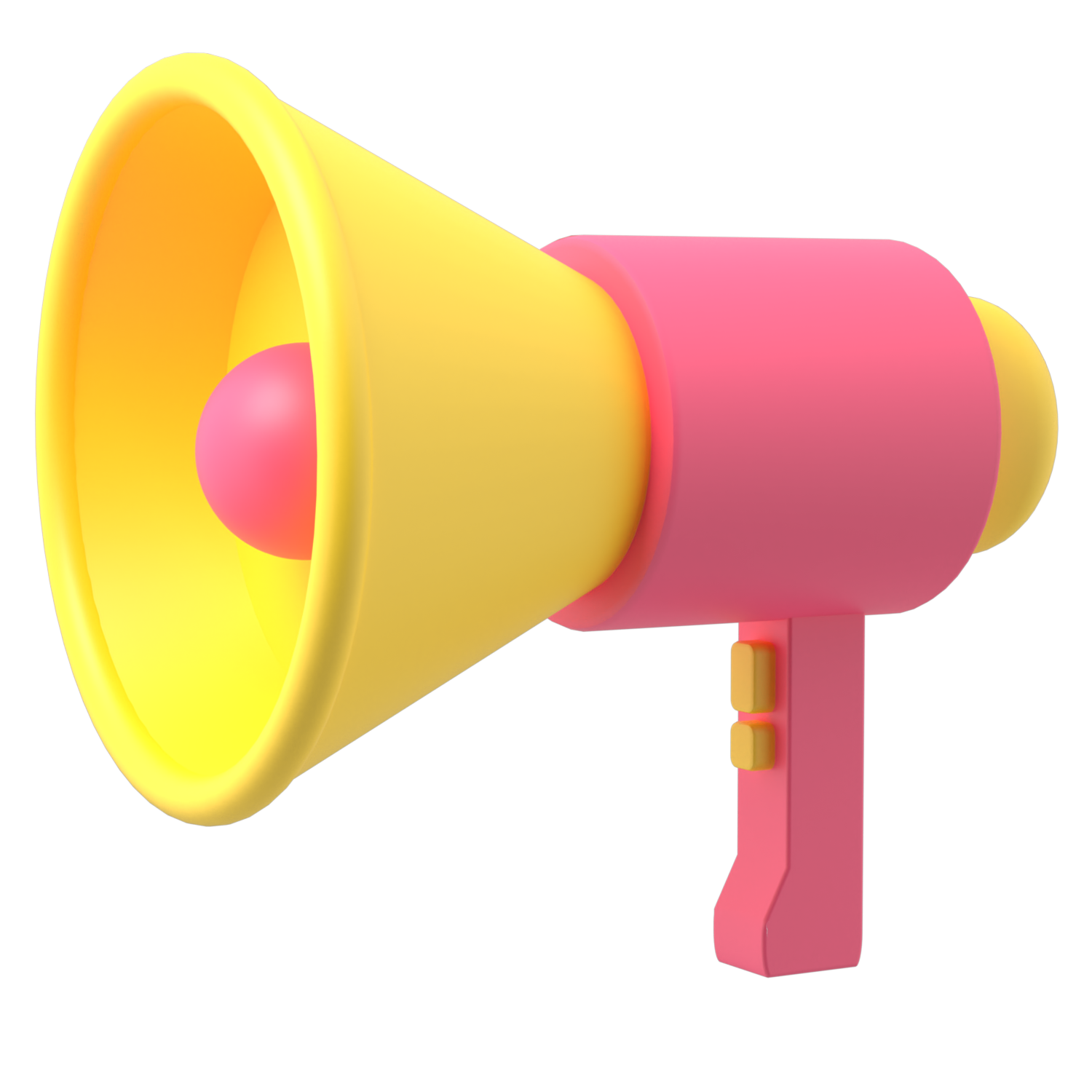

In many projects, in the long term, SEO promotion turns out to be several times cheaper than other paid advertising channels. We use effective strategies based on proven methods not only of our clients but also in our own projects. Check the position of our website by the “SMM agency” request

2nd place among smm agencies in search results

5th place among smm agencies in search results
Prices and rates for SEO promotion
How much does SEO promotion cost in search networks? We have prepared several rate packages for you with different price to bring your website to the TOP.
“Development”
For whom
SEO promotion for startups, aggregators, major projects. We take on everything on turnkey basis.
- Work with projects of any level
- High competition
- Comprehensive semantic kernel
- Focus on drawing maximum amount of target traffic
- Participation of technical specialist / developer / marketer / designer / copywriter from your field / corrector
SEO promotion for startups, aggregators, major projects. We take on everything on turnkey basis.
- Work with projects of any level
- High competition
- Comprehensive semantic kernel
- Focus on drawing maximum amount of target traffic
- Participation of technical specialist / developer / marketer / designer / copywriter from your field / corrector
90 000 -
150 000
150 000
rubles
The Results We Are Proud of
03
2015
Marketing agency «Exactly» has been operating since
The agency’s statistics and several facts we are proud of
27
certified employees in the staff
of total advertising budget of our clients per year

2015
2020
2
offices, in Moscow and Saransk
We are members of the ARDA Digital Market Professionals Association
We are members of the ARDA Digital Market Professionals Association
Winners of the SMALL Prize. Since 2021, we have been members of the jury of the annual prize that marks the achievements of independent agencies
implemented projects from regional to international businesses
The number of students who have been trained at our SMMoozy school for SMM managers



>112
141

>
mln rubles
30
We promote websites not only through SEO
We at our advertising agency like a comprehensive approach to drawing clients. We will draw requests to your website at a preliminary forecasted cost due to:
- promotion in social media
- contextual advertising
- content marketing
We at our advertising agency like a comprehensive approach to drawing clients. We will draw requests to your website at a preliminary forecasted cost due to:
- promotion in social media
- contextual advertising
- content marketing
We are in the lead in SEO results as “SMM agency”


We will analyze your business and propose the best variant of realization on the Internet. Leave a request and we will offer you several stylistic solutions for your future website within the same day. You just need to choose a variant.
We create websites thought out to the last detail


Let us make one of the best projects in your field
By pressing the button, you give consent to the processing of personal data and agree with the privacy policy
Leave a request and get a structure and visual solution from a full cycle digital agency free of charge
info@t4ka.ru
«Exactly» is a full-cycle marketing and advertising agency



